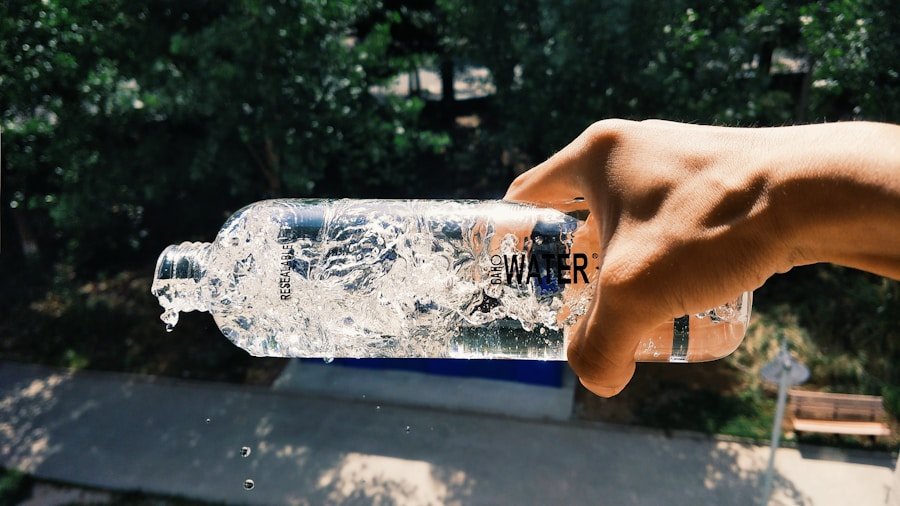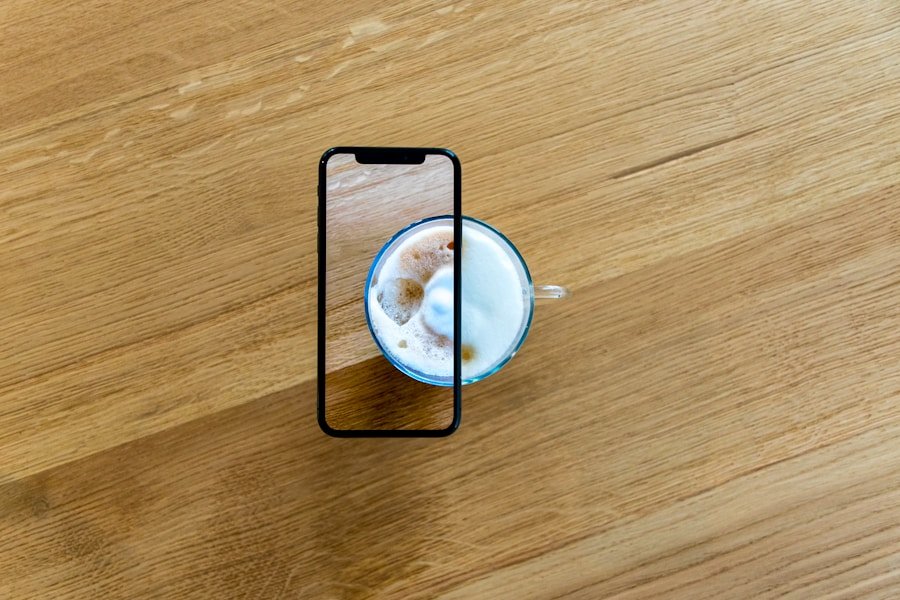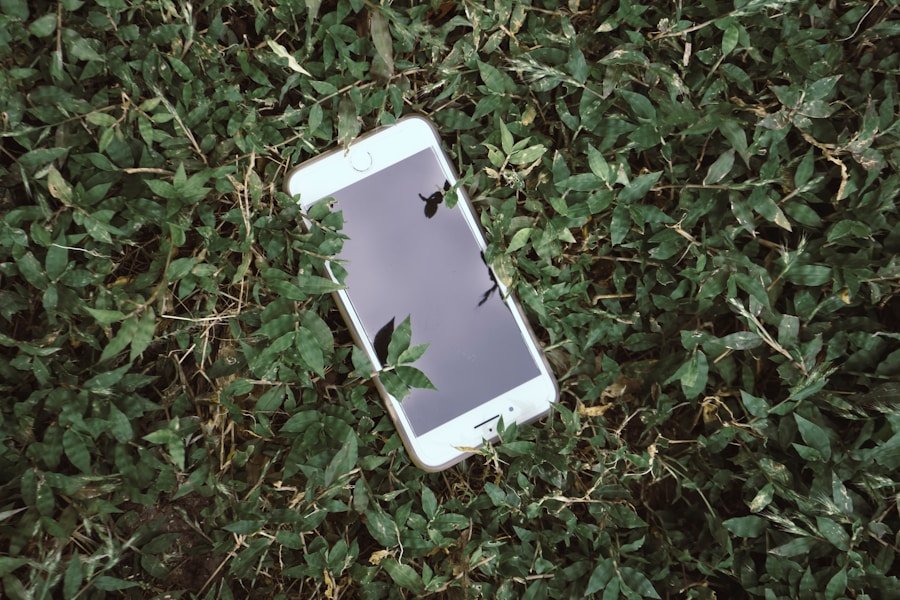Water damage can manifest in various ways on an iPhone, often leading to significant issues if not addressed promptly. One of the most immediate signs is the presence of moisture under the screen or within the camera lens. Users may notice fogging or condensation that obscures visibility, indicating that water has infiltrated the device.
Additionally, if the iPhone experiences unexpected shutdowns or restarts, it could be a sign that water has affected the internal circuitry. These erratic behaviors are often accompanied by a failure to charge or power on, which can be alarming for users who rely on their devices for daily communication and tasks. Another telltale sign of water damage is the appearance of corrosion on the charging port or headphone jack.
This corrosion can manifest as a white or greenish residue, which is a clear indication that moisture has been present for some time. Furthermore, users may experience issues with sound quality, such as muffled audio during calls or distorted speaker output. These symptoms suggest that water has compromised the internal components, potentially leading to more severe damage if not addressed quickly.
The iPhone’s Liquid Contact Indicator (LCI) is another critical aspect to consider; if this indicator has turned red, it confirms exposure to liquid, providing a definitive sign of water damage.
Key Takeaways
- Signs of Water Damage on iPhone
- Look for a red or pink indicator in the SIM card tray
- Check for water spots or condensation under the screen
- Look for a malfunctioning touch screen or buttons
- Check for distorted speakers or muffled sound
- Look for a black screen or inability to power on
- Quick Steps to Remove Water from iPhone
- Power off the iPhone immediately
- Remove any case or accessories
- Gently shake the phone to remove excess water
- Use a dry cloth to wipe the exterior
- Place the iPhone in a bowl of uncooked rice or silica gel packets
- Common Mistakes to Avoid When Dealing with Water Damage
- Do not use a hairdryer or heat to dry the iPhone
- Avoid pressing any buttons or trying to charge the phone
- Do not shake the phone vigorously
- Avoid using a vacuum to try and remove water
- Do not attempt to disassemble the iPhone
- Additional Tips for Drying Out an iPhone
- Use a desiccant like silica gel or instant oatmeal
- Place the iPhone in a warm, dry area for at least 48 hours
- Consider using a dehumidifier to speed up the drying process
- Use a can of compressed air to remove water from ports
- Consider using a specialized drying kit for electronics
- Professional Options for Water Damage Repair
- Take the iPhone to an authorized service provider
- Consider contacting Apple for repair options
- Look for a reputable third-party repair service
- Check if the iPhone is covered by insurance for water damage
- Consider the cost of repair versus the value of the iPhone
- Preventing Water Damage in the Future
- Use a waterproof case or pouch for outdoor activities
- Avoid using the iPhone near water or in humid environments
- Consider using a moisture-absorbing phone case
- Keep the iPhone away from steam and moisture in the bathroom
- Consider investing in a waterproofing treatment for the iPhone
Quick Steps to Remove Water from iPhone
Power Off and Remove Accessories
The first step is to power off the device as soon as possible. This action helps prevent short circuits that can occur when electricity interacts with moisture. Once the device is powered down, users should remove any accessories, such as cases and SIM cards, to allow for better airflow and drying.
Avoid Shaking and Wipe the Exterior
It’s essential to avoid shaking or tapping the phone, as this could cause water to seep further into the internal components. After ensuring the device is powered off and stripped of accessories, users should gently wipe the exterior with a soft, lint-free cloth to remove any visible moisture.
Drying Methods: Silica Gel vs. Rice
Following this, placing the iPhone in a dry environment is vital. While many people have heard of using rice as a drying agent, it’s not always the most effective method. Instead, placing the device in a container with silica gel packets can be more beneficial. Silica gel is designed to absorb moisture and can help draw out any remaining water trapped inside the device more effectively than rice.
Common Mistakes to Avoid When Dealing with Water Damage

In the face of water damage, many individuals make critical mistakes that can exacerbate the situation. One common error is attempting to charge the iPhone before ensuring it is completely dry. Plugging in a wet device can lead to severe electrical damage and may render the phone irreparable.
Users should resist the temptation to turn on their devices prematurely, as this can lead to further complications. Patience is key; allowing sufficient time for drying can significantly improve the chances of recovery. Another frequent mistake involves using heat sources to expedite the drying process.
Some individuals may resort to hair dryers or ovens in an attempt to dry out their devices quickly. However, applying direct heat can warp internal components and damage sensitive parts like the battery and screen. Instead of using heat, it’s advisable to allow the iPhone to air dry naturally in a well-ventilated area.
This method ensures that moisture evaporates without risking additional damage from excessive heat.
Additional Tips for Drying Out an iPhone
| Tip | Success Rate |
|---|---|
| Using Silica Gel Packets | 80% |
| Rice Method | 70% |
| Blow Drying with Cold Air | 60% |
| Placing in a Desiccant Chamber | 90% |
Beyond the initial steps taken after water exposure, there are several additional strategies that can enhance the drying process for an iPhone. One effective method is to use a vacuum cleaner with a hose attachment to gently suck out moisture from crevices and openings without making direct contact with the device. This technique can help remove water trapped in hard-to-reach areas without causing further damage.
Another useful tip involves utilizing a fan to circulate air around the device. Placing the iPhone in front of a fan can promote evaporation and speed up the drying process significantly. Users should ensure that the fan is set to a low speed to avoid blowing dust or debris into the device’s openings.
Additionally, keeping the iPhone in a warm but not hot environment can aid in drying; for instance, placing it near a radiator or in a sunny spot can help without exposing it to extreme temperatures.
Professional Options for Water Damage Repair
If home remedies fail and signs of water damage persist, seeking professional repair services may be necessary. Many electronic repair shops specialize in water damage restoration and have access to tools and techniques that are not available to the average consumer. These professionals often use ultrasonic cleaning methods that can effectively remove corrosion and moisture from internal components without disassembling the device entirely.
Moreover, authorized Apple service centers offer specialized repair options for water-damaged iPhones. They have trained technicians who understand the intricacies of Apple devices and can provide thorough diagnostics and repairs. While professional services may come at a cost, they often provide warranties on their work, giving users peace of mind that their device has been properly assessed and repaired.
Preventing Water Damage in the Future

To mitigate the risk of future water damage, users should consider investing in protective accessories designed specifically for their iPhones. Waterproof cases are available that provide an additional layer of protection against accidental spills or submersion in water. These cases are designed to create a seal around the device, preventing moisture from entering while still allowing for functionality.
Additionally, users should be mindful of their surroundings when using their devices near water sources. Simple precautions such as keeping drinks away from electronic devices or avoiding phone use while swimming can significantly reduce the likelihood of accidents. Educating oneself about the potential risks associated with water exposure and taking proactive measures can help ensure that an iPhone remains safe from water damage in the long run.
In conclusion, understanding how to identify signs of water damage on an iPhone and knowing how to respond effectively can make all the difference in preserving its functionality. By following quick steps for removal, avoiding common mistakes, and considering professional repair options when necessary, users can navigate these challenges more effectively. Furthermore, implementing preventive measures will help safeguard against future incidents, ensuring that your iPhone remains a reliable tool for communication and productivity.
FAQs
What should I do if my iPhone gets water damage?
If your iPhone gets water damage, the first thing you should do is turn it off immediately to prevent further damage. Then, you can try to dry it out using methods such as rice, silica gel packets, or a professional drying kit.
Can I use a hairdryer to dry out my iPhone?
It is not recommended to use a hairdryer to dry out your iPhone, as the heat can cause further damage to the internal components. It is best to use gentle methods such as air drying or a professional drying kit.
Should I put my wet iPhone in rice?
Putting your wet iPhone in a container of uncooked rice can help absorb the moisture, but it is not a guaranteed method for drying out the device. It is best to use a professional drying kit or silica gel packets for more effective results.
How long should I wait before turning on my iPhone after it gets wet?
It is recommended to wait at least 24-48 hours before attempting to turn on your iPhone after it gets wet. This allows enough time for the device to dry out completely and reduces the risk of further damage.
Can I take my iPhone to a professional for water damage repair?
Yes, you can take your iPhone to a professional repair service that specializes in water damage repair. They have the expertise and equipment to properly dry out the device and assess any internal damage.
